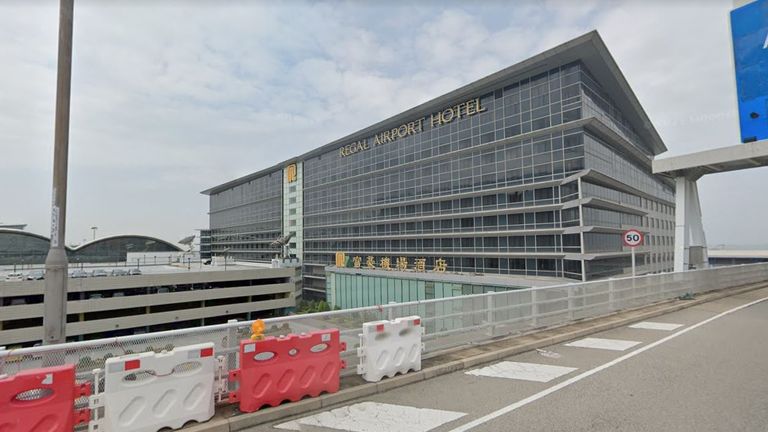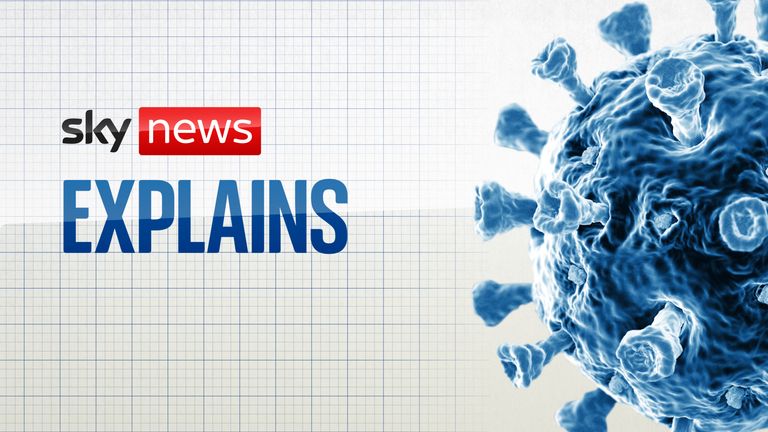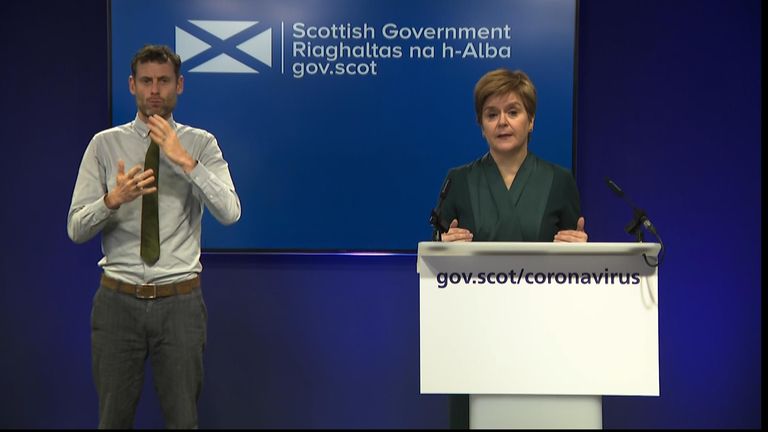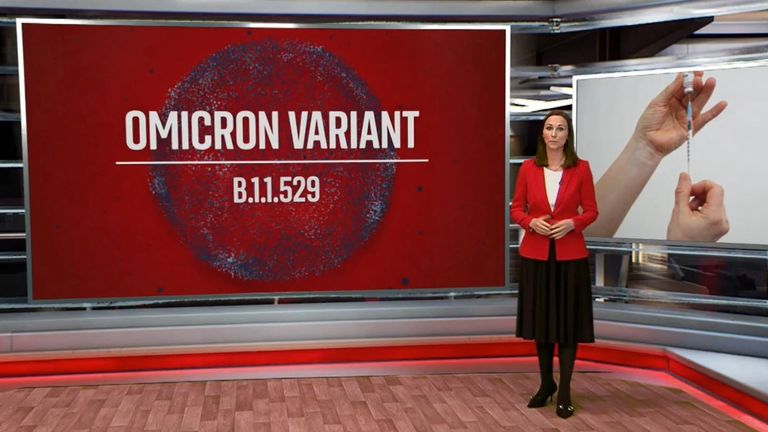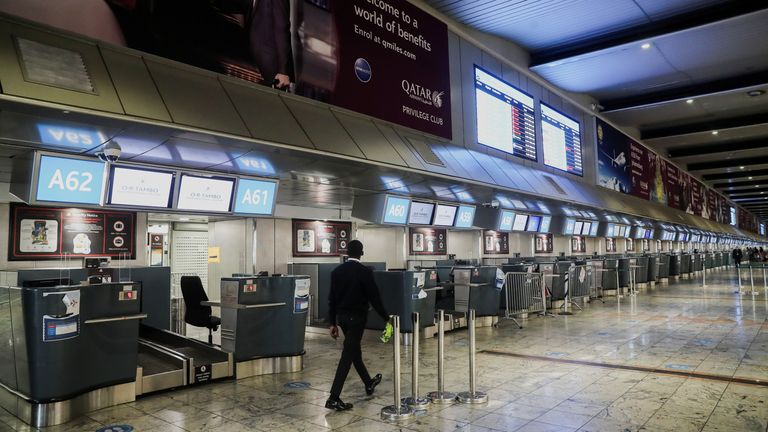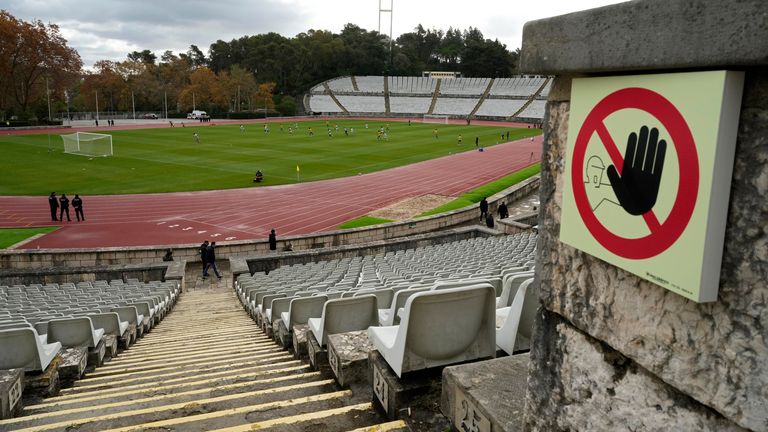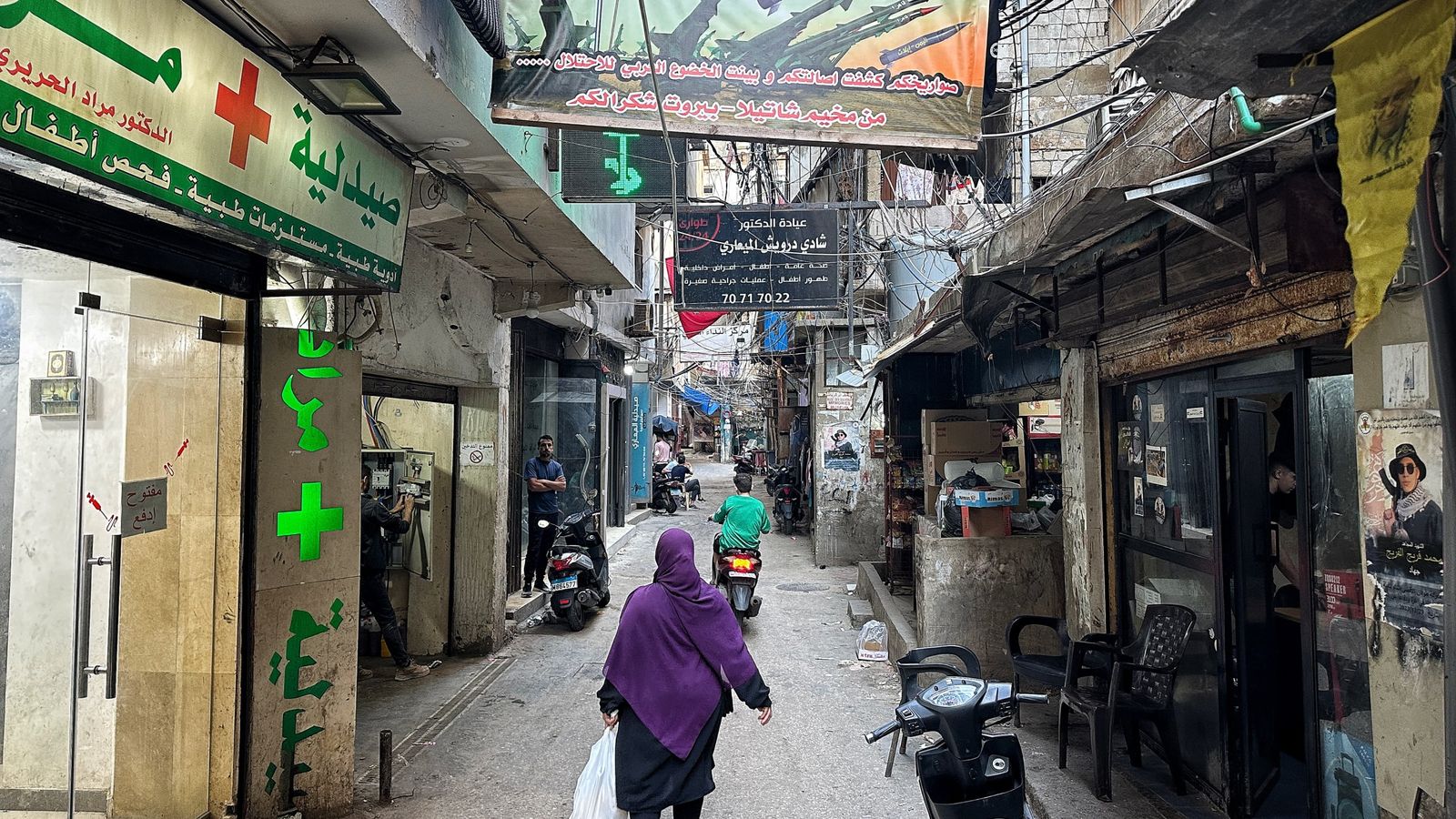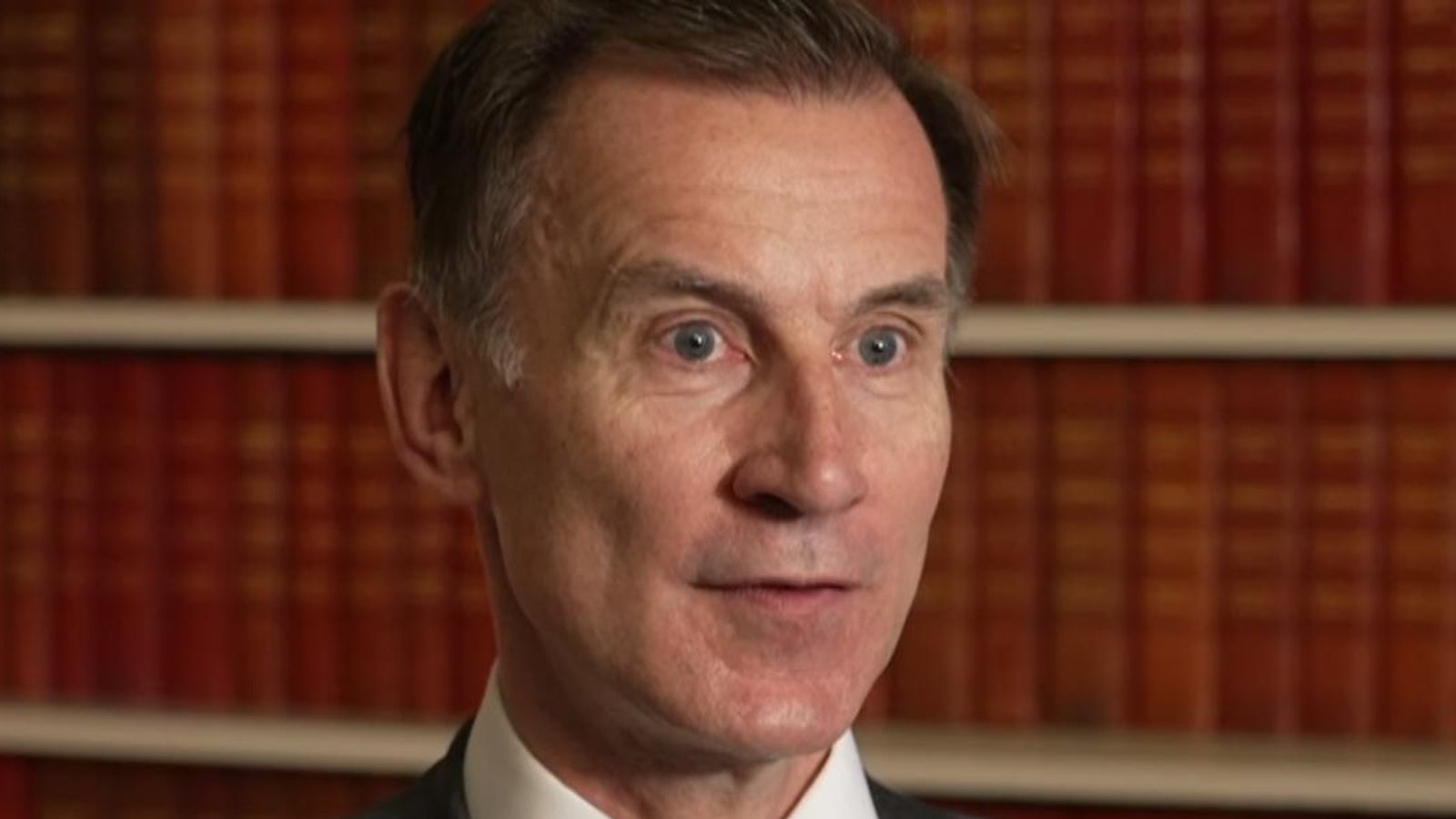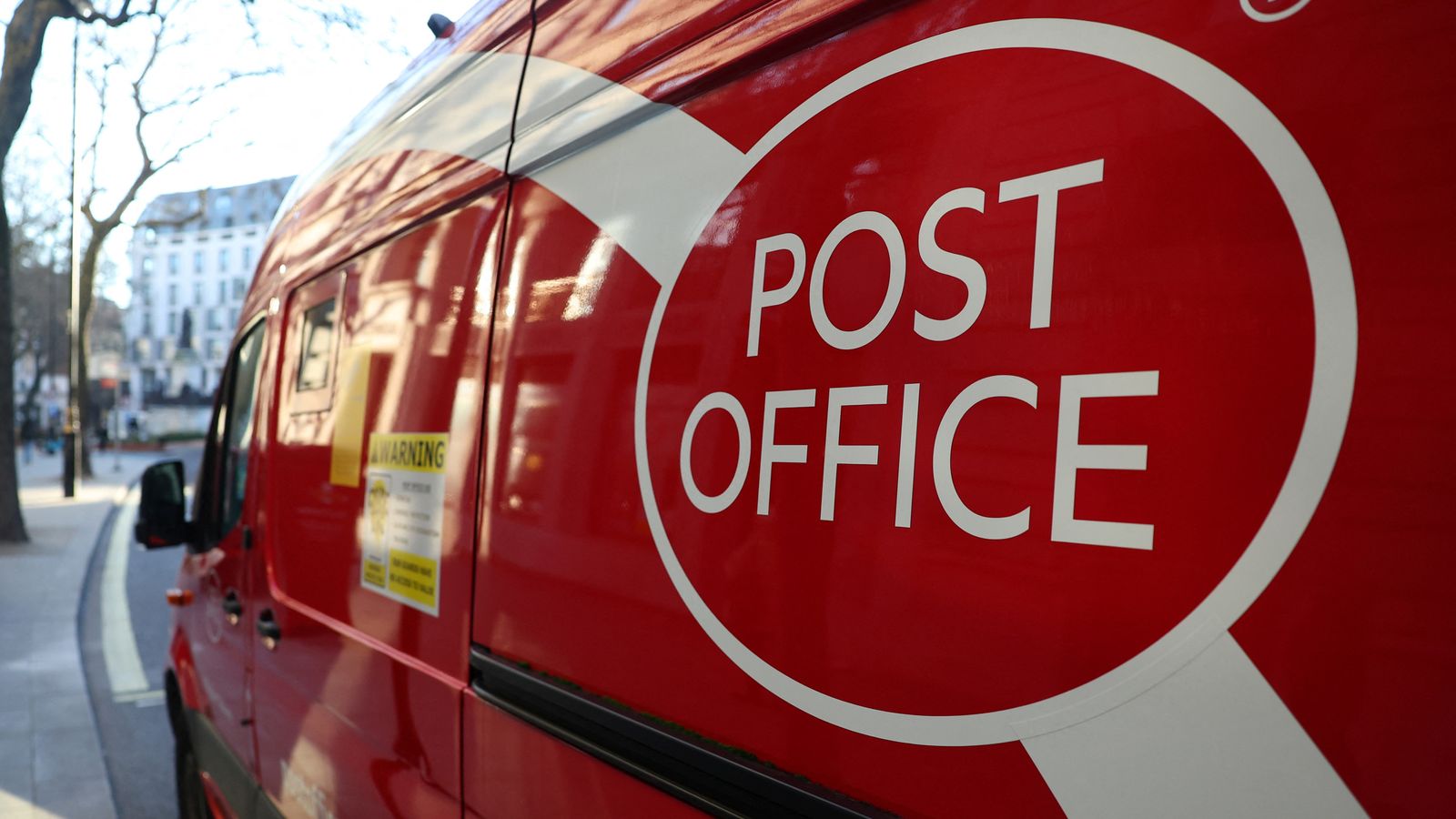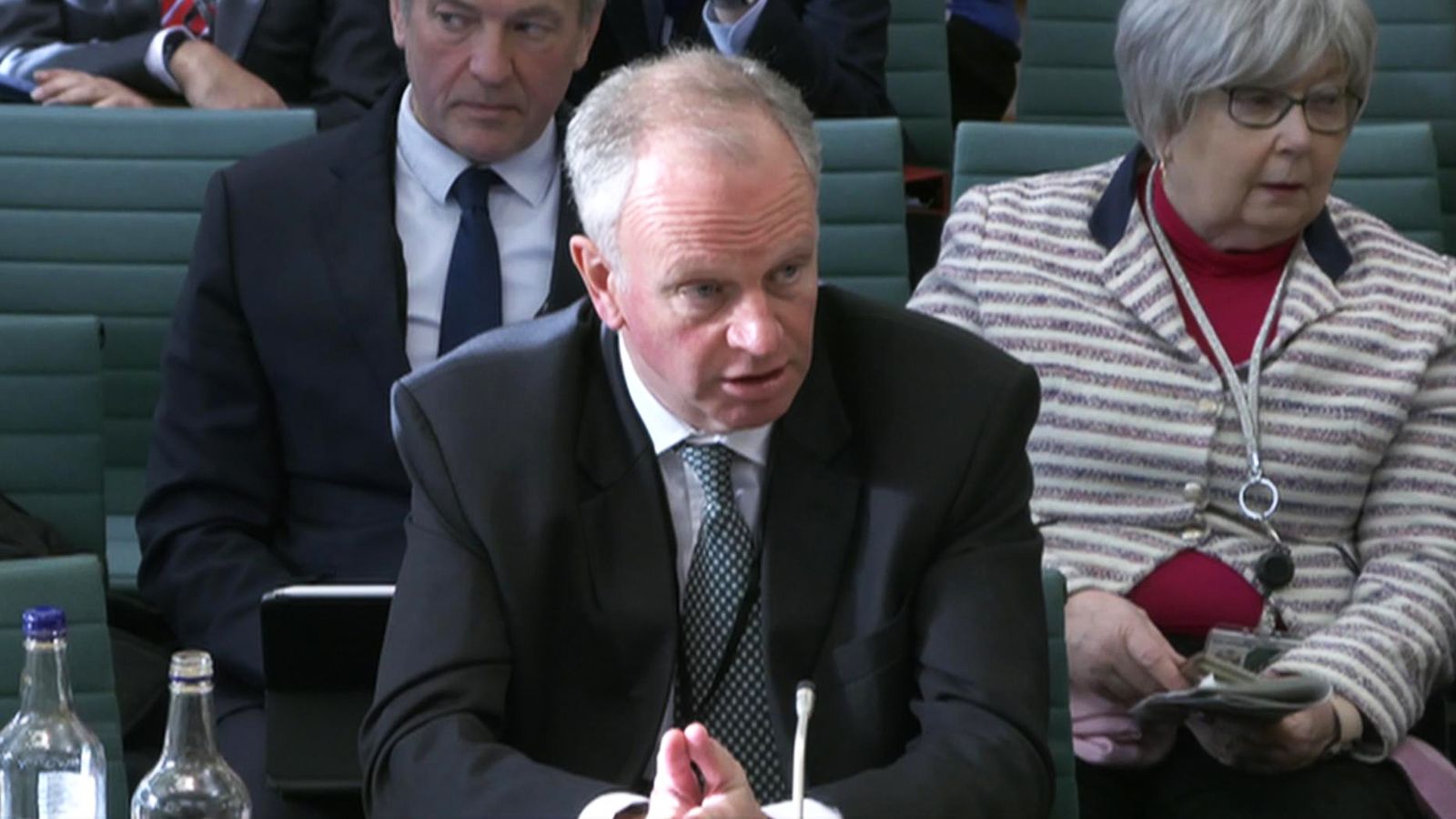The speed with which new variants of the COVID-19 virus spread around the world can leave government’s scrambling to catch up. What is sometimes more remarkable is the speed with which those new variants are detected.
It has taken barely two weeks from the initial testing of ‘patient zero’, before potentially the entire globe is readying itself to examine COVID test samples to see if they contain the Omicron variant.
Patient zero, called n=1 or the index case by the scientific community, arrived at Hong Kong International Airport on 11 November, having flown in from South Africa via Doha in Qatar, on flight QR818.
He had been in South Africa for almost three weeks, and had tested negative the day before he began his trip there.
On his return to the territory on the Qatar Airways flight, the 36-year-old was in seat 31A, and was showing no symptoms when he checked into the Regal Airport Hotel in Chek Lap Kok, to begin his mandatory quarantine. He also tested negative on his return.
Hong Kong has some of the most stringent regulations on arrival in the world.
Anyone coming from a “high-risk” country can only board flights for the territory if they are fully-vaccinated Hong Kong residents and even then they have to undergo compulsory isolation for 21 days in a designated quarantine hotel when they arrive.
While in quarantine, they must undergo six COVID tests and then they must monitor themselves for the following seven days, after which they are tested again 26 days after the day of their arrival.
The man in question had fulfilled all the requirements, having received the Pfizer vaccine on 13 May and 4 June, and outwardly there were no signs his case was anything unusual.
But two days into his quarantine, he was tested again, on 13 November, and after showing a high viral load was sent to hospital the next day.
Meanwhile, another passenger that had arrived in Hong Kong the day before the man who later became patient zero, was staying in a room opposite him on the fifth floor of the same quarantine hotel.
He tested negative twice before, on 18 November, a result showed he too had a high viral load and he was also rushed to hospital.
Like all arrivals who test positive after coming to Hong Kong, they were give case numbers – 12388 and 12404.
Early conclusions from Hong Kong’s health authorities were that case 12404 might have been infected with the variant as air flowed into the corridor when case 12388 opened his hotel room door as he was not wearing a surgical mask.
While the test results from the Hong Kong travellers were being analysed, other researchers in South Africa and Botswana were also looking into a newly emerging variant.
Just three days after the Hong Kong traveller went to his quarantine hotel, a number of people were being routinely tested in the South African province of Gauteng.
At around the same time, South Africa, and particularly Gauteng, began to see a sudden uptick in cases.
South African scientists began to come to the conclusion they were seeing something new after detecting a group of related SARS-CoV-2 viruses that were turning up in large numbers, compared to other variants.
Out of the specimens collected between 14 and 23 November, more than 70% were of the same type.
They raised the alarm on 22 November.
The next day the new variant was picked up by GISAID, the open-access database of flu viruses and coronavirus variants that has been critical to spreading news around the world about emerging forms of COVID-19.
On 24 November, it was given a new name under the criteria given to emerging COVID variants – B.1.1.529.
On the same day, the new variant was reported to the World Health Organisation, which convened its technical advisory group – similar to WHO’s equivalent to SAGE – to assess what should be done.
The UK, responding to the rapidly evolving situation, designated the virus type a variant under investigation, VUI-21NOV-01, on 25 November.
As it did so, cases in South Africa were shooting up.
Professor Sharon Peacock of COG-UK Genomics UK Consortium, which oversees sequencing in the UK, said on Friday: “The number of recorded COVID-19 infections on 16 November 2021 was 273 cases. By 25 November this had risen to more than 1,200 cases.
“More than 80% of these were from Gauteng province. Cases in Gauteng province initially appeared to be clustered, but over time there has been more widespread dispersal of infections across the province.
“An analysis of the R value (a measure of growth rate) is 1.47 for South Africa as a whole, but initial estimates for Gauteng province are 1.93. Based on this measurement, it indicates that growth rate of cases is considerably higher in Gauteng province than the rest of the country.
“Around 100 B.1.1.529 genomes have now been identified in South Africa, mostly from Gauteng province. But this region is also where the sequencing has been targeted, and the question is whether the variant is present over a wider geographic area.”
In total, according to the European Centre for Disease Control, South African investigators examined 77 samples in Gauteng taken between 12 and 20 November looking for a specific mutation that suggested Omicron was present, and found it in all cases.
The results, say the ECDC, suggest that Omicron is already dominant in Gauteng and is present in significant proportions in most parts of South Africa.
The question is, what does this mean for the rest of the world?
It is clear that Omicron has been in the UK for several days.
After one of the first cases in England was revealed to have been identified in Brentwood, Essex County Council said staff, customers and delivery workers who visited a branch of KFC on Brentwood High Street on Friday 19 November, between 1pm and 5pm, should take a PCR test immediately – suggesting a person with the variant was in the restaurant at the time.
Likewise, they asked anyone in the congregation of the town’s Trinity Church on Sunday 21 November to do the same.
Essex’s director of public health Dr Mike Gogarty told the BBC’s World At One programme that the person in question was tested on 20 November and has contracted the variant from someone who had been in contact with someone who had been to South Africa – in a clear case of community transmission.
He said: “We are talking probably about two weeks from now since that person returned from Africa.”
Both the UK cases identified on Saturday, which also included one in Nottingham, were linked to travel in South Africa. A third case in the London borough of Westminster, who had previously been in southern Africa, has since left the country.
But while South Africa, like the UK, has an effective system to sequence COVID test samples, many other countries in Africa do not.
Omicron has been detected early in Botswana, but there are concerns it may be widespread in several other nations in southern Africa.
Some 98 samples were sequenced in Botswana to allow the identification of six cases of Omicron by Friday, reported the ECDC, but in the same period countries like Kenya sequenced just five cases, with no Omicron cases.
Israel, one of the world’s most vaccinated countries, said on Friday it had also detected the country’s first case of Omicron in a traveller who had returned from Malawi. Two other suspected cases were also placed in isolation.
On that day, as the world became aware of the extent of the spread, markets reacted with oil prices plunging and airlines shares suffering major losses.
A case was also confirmed in Belgium and on Saturday suspected cases were reported in Germany, Italy and the Czech Republic.
Denmark and Australia announced two cases and the Netherlands identified 13 Omicron cases in dozens of COVID-positive travellers from South Africa on Sunday.
On Monday, further cases were announced in Portugal, where 13 players and staff members of Lisbon soccer team Belenenses were found to be positive for the variant even though only one player had been recently to South Africa.
Countries across the planet have reacted by closing their borders or reintroducing severe travel restrictions.
While scientists have raised the alarm, and have said they expected it to spread, many say there is no more cause for concern in terms of the impact on people, than there might have been if the Delta variant stays dominant.
Reacting to the news cases had been discovered in Scotland, Professor Rowland Kao, the Sir Timothy O’Shea Professor of Veterinary Epidemiology and Data Science at the University of Edinburgh, said: “It is now clear that the Omicron variant has been spreading around the world for some days, if not weeks prior to the alarms being raised, and this is only to be expected for a virus which transmits as easily as SARS-CoV-2, and with international travel now substantial (even though not quite at the level pre-pandemic).
“Evidence of community spread in two locations in Scotland (ie cases with no obvious risks other than community spread) and no obvious source yet, are strong indicators that we shall see more cases in Scotland arise over the next few days and weeks.
“As always, anything individuals can do to mitigate spread (physical distancing, taking lateral flow tests when appropriate and being aware of COVID symptoms and testing) will be beneficial.
“However it is important to remember that the omicron variant may not pose an increased health risk – it may in fact cause milder infections. However we shall only know for sure in the next few weeks.”

